Moving Shorelines and Floating Worlds: Re-imagining Tomorrow’s Water Climate through the Arts and Sciences
Water

Moving Shorelines and Floating Worlds: Re-imagining Tomorrow’s Water Climate through the Arts and Sciences
Water
the speculative
celebrating the first year anniversary of opening the floating islands
Kimberley Bolton
Raey Yeseul Kim
Evalotte Krause
Bárbara Varassi Pega
Elodie Vreeburg
Orginized by RASL
Moving Shorelines and Floating Worlds: Re-imagining Tomorrow’s Water Climate through the Arts and Sciences
The RASL Summer Studio 2022 is a ten-day transdisciplinary workshop about re-imaging tomorrow’s water climate through the arts and sciences.
For this studio, we collaborate with the Rotterdam’s Municipality Water Program, which will design a brief for the participants of the Summer Studio that questions future scenarios for sustaining life in a Delta city situated some six meters below sea level. At the end of the ten-day session, participants will present the concepts, research, practices, and prototypes to the societal partners and mentors.
Mentors
Dr. Robin van den Akker (Erasmus University)
Arlon Luijten (Codarts)
Dr. Vivian Sky Rehberg (WdKA)
Guest artists
Lotte van den Berg
Bas Kortmann
Social partners
MARIN
Blue21
Rotterdams Weerwoord
Collecting ideas, inspirations
Planning, Designing Idea
Rehearsal
Installation
DAY 1 DAY 2 DAY 3
Kick-Off & Introduction
Understading the program, Workshops, Grouping teams
DAY 6
DAY 7
Brainstorming & Ideation
Feedback
Iterating Ideas
Final Presentation
Water Gardener
DAY 10
On the morning of July 8th, 2022, a group of over 20 individuals from various backgrounds and disciplines gathered at RASL spaces in Hillevliet, Rotterdam for the RASL summer studio event entitled “Moving Shorelines and Floating Worlds: Reimagining Tomorrow’s Water Climate through the Arts and Sciences.” The day began with two presentations (Rotterdam Weather Wise, and Floating Future by MARIN), followed by a series of workshops led by mentors Vivian, Arlon, and Robin. During the first day, the participants and mentors took part in activities to acquaint themselves with each other and gain an understanding of the theme and topics of the studio.
During the second and third days of the program, we had the opportunity to engage in more hands-on experiences. Bas introduced us to his design methodology called “PURSE,” which involves both a theory and workshop for designing behaviors and engaging a group of people in their purpose and goals. We participated in collaborative group work and received guidance on how to effectively project ideas, gaining a better understanding of group dynamics.
The third day provided us with a special opportunity to connect with nature and explore Brienenoord Island. We each embarked on a journey, wandering and discovering the island in our own unique ways. In the afternoon, we formed groups for the upcoming 7-day project by selecting a topic of interest. As we shared our thoughts and reflections, various ideas, interests, and motivations arose. Later they were distilled into three main topics. Five of us, as a team, found the topic “What is water” interesting and we decided to explore the meaning of water, including its definition, representation, and relationship with us.
DAY 1 DAY 2 DAY 3
Jul.08. Fri. | RASL Spaces, Hillevliet
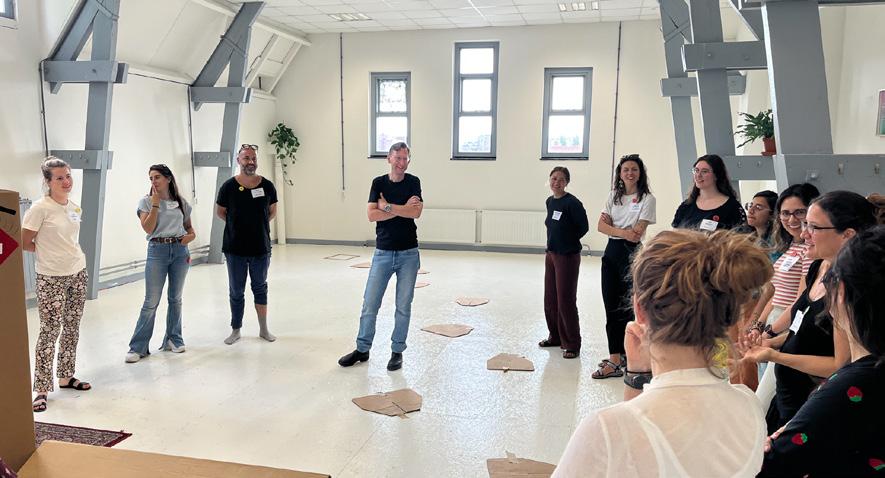
Jul.09. Sat. | RASL Spaces, Hillevliet

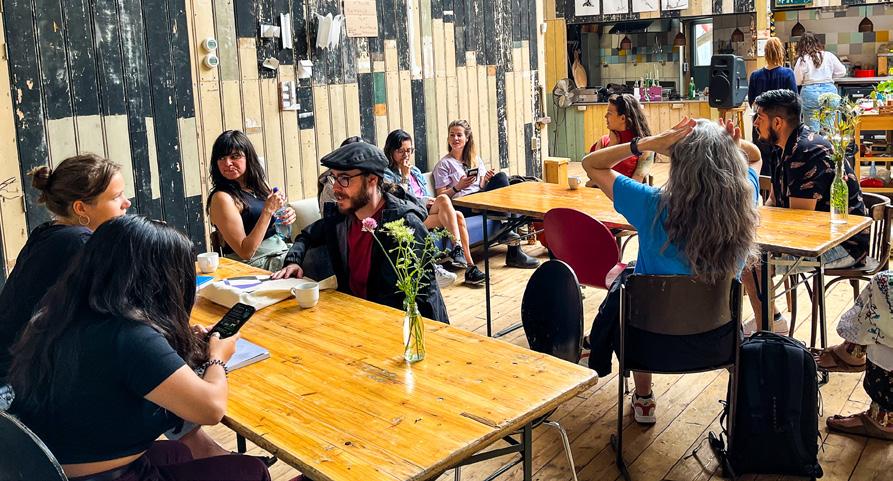
Jul.10. Sun. | Eiland van Brienenoord

On the first day of the group’s formation, we gathered to explore the overarching question that we chose, “What is water?” while remaining curious about other crucial aspects such as what we will ultimately create and display, the location for the final presentation, and most importantly, what we want to achieve as a group throughout this journey with water.
In the sweltering heat, we searched for shade to commence our project and found it in Het Park, a beloved location in Rotterdam that provided a cozy and welcoming atmosphere for our very first conversation. Since our question “What is water?” was clear yet broad, we began by generating ideas to better understand the concept of water that each of us had.
Over the past three days, our focus has been on the different roles that water has - as a protagonist, a medium, a prop, and an object. However, on our latest day of discussion, water took on a more personal, intrinsic, and contemplative meaning. At first, we shared superficial and private memories about water, but as we continued our conversation, it gradually evolved into a deeper sharing of emotional, poignant, and even conflicting feelings about water.
Water is intricately linked to our physical and mental wellbeing, and is a fundamental element of our everyday lives. Initially, we focused on the physical properties of water and how our bodies adapt to it. We shared our experiences of swimming, sailing, and living on houseboats, which helped evoke memories of the delicate balance between our bodies and the fluidity of water. This led us to discuss various artworks and projects related to water, such as Elodie’s project of creating a large paper boat and attempting to sail on it. While the project’s clip was both sentimental and meditative, it also evoked a sense of powerlessness and ineffectiveness as we knew her sailing attempt was going to fail.
Her story touched on the broader meanings of water, revealing the diverse aspects of it. We realized that while water can be romantic and evoke positive images, it can also be dangerous, destructive, and distressing. Water has the power to create new life and heal us, but it can also swallow and wipe away everything in a moment. It connects different lands and creates new paths, but it can also be uncontrollable and unpredictable. Despite the perplexing attributes of water, we were not lost or overwhelmed by it. Instead, we wrote down and categorized our shared thoughts into several subtitles, reflecting on the memories and insights that water had sparked during the conversation. This process allowed us to not only explore the question “What is water?” but also allowed water to shape another imagery for us in response to our initial inquiry.


We gathered a wide range of visual inspirations and practices based on the categories we had created. With an open mind towards exploring different possibilities, we ended up with a diverse collection of resources on our Miro board. These resources included boundless media from performing arts to hand-drawn sketches, resulting in a beautiful collage that visually represented our ideas.

In addition to the visual inspirations, each of us presented our ideas in written or drawn form. We constantly added, cropped, multiplied, or removed ideas, creating meaningful connections between them. Although some ideas remained vague and undefined, this was a crucial part of the process that helped us understand and delineate what was on our minds. The board was continuously developed until we reached a final output, becoming a valuable archive that anyone could refer to for the stories behind the project.

Jul.13. Wed.
The day began with a visit to Floating Rotterdam, where we observed five residences and the World Adaptation Center floating on the Maas river. As we approached the platform, we felt some concern about potentially disturbing the residents and their property. The platform had a small village-like appearance, but it did not feel very livable. The surfaces and designs of the platform looked neat and sleek, which made us think that the concept of floating cities might still be too futuristic or even utopian. We could hear the sound of our footsteps on the wooden bridge, which made us aware that we were standing on the water, not on land. Although we did not feel dizzy or tired, we were excited to have the opportunity to experience a miniature version of a floating city, even though we were guests without invitation letters.

We had a video call with Olaf to discuss some questions that arose during his presentation and our project. Our questions centered around the expected societal aspects and quality of life in floating cities , besides the scientific facts that were primarily discussed on the first day. Despite the increasing concreteness and realism in the development of floating cities, Olaf pointed out that research on the living and societal aspects of this new type of cities had been often overlooked. His advice focused on finding values and humanizing the perspective of living in floating cities , which would aid in envisioning the future possibilities and impacts of floating cities.

After the meeting with Olaf, we revisited our ideas and the Miro board. Based on our initial questions, we formulated the direction for the project: exploring how artistic practices can reveal aspects of the topic that a scientific and technical approach might dismiss. We aimed to achieve this through various mediums, such as installations, performances, and theatrical practices. Our ultimate goal was to create immersive spaces where people could experience and become more aware of the realities and potential of living in floating cities, not only in a practical sense but also in a sensory and emotional way. By doing so, we hoped to help people envision what living in floating cities would be like, as well as grasp the imperative and implications of this emerging future.
After reconvening at Hillevliet, we continued to develop various ideas, resulting in a collection of sketches, memos, and notes. Although they were not yet organized, we saw each idea held immense potential. During the short feedback session with Arlon, we shared our progress and concerns about how to narrow down the ideas and effectively deliver them for the final output.
Jul.14. Thu.
After much deliberation, we arrived at a speculative assumption for our project: what if we were residents of a floating island already? As an artist, designer, and researcher, how could we engage with this community of floating islands? This idea sparked a plethora of ideas enriching the elements of the final output, including the stage, installation, performance, and script.
Then, we developed the concept of the “Floating Nest,” which is a core that connects with various agencies in the floating community and can expand and adapt like a rhizome. We integrated the “Floating Nest” concept both conceptually and physically into our performance.


crafting the stage and script
Our approach involved immersing ourselves in the mindset of residents living in a floating city, enabling us to unfold narratives and stories. We planned to set the stage to simulate an event—the first-year anniversary of the floating city ‘Water Gardener’, by crafting a script that reflected our own individual experiences of life in the setting. We put together several elements to provide a comprehensive perspective on the concept of floating cities.
The main elements of the performance were;
The Water Gardener
The residents in the (imaginary) floating island for their purposes; artistic/scientific research.
The Floating Nest
The open and multi-purposed conference hall for gatherings, events, or talks.
Celebrating the one-year anniversary of opening the floating island
20-min Theatrical Performance with visual and sound installations
Sharing and reflecting the respective experience of the residents. reading menifesto, sharing personal experience and feeling, poem etc.
We recognized the importance of the script for the performance, as it had to convey all the key points and ideas that we wanted to say. Our priority was to figure out how to cover the various narratives and messages within a 15-minute performance, while arranging them in a clear and coherent manner. To achieve this, each of the member chose and became a character that represented a particular role in the Water Gardener community and created their own part delivering ideas.
For example, Elodie played a photographer and read her journal, reflecting on her experiences during one-year of living in Water Gardener. Raey became a mother with her sevenmonth old baby, based on her actual status, and shared her research in Water Gardener. We also included a beautiful poem written by Evalotte and a congratulatory speech from the Mayor of Rotterdam, which was played by Vivian.
Jul.15. Fri. | Hillevliet
DAY 8
Jul.16. Sat. | Hillevliet
DAY 9
Our team rehearsed the performance twice with our mentors, Arlon, Vivian, and Lotte. We received productive feedback from them regarding the theoretical and performative elements that we were unsure about before.
Through these two rehearsals, we were able to improve the quality of the performance, polish the script, and make decisions about whether or not to allow impromptu lines.

The guests who attended the event received an invitation that included a map of ‘Water Gardener.’ Whether they had lived, visited the islands or not, they were able to see the overview of the islands and the location of various facilities. The map was not meant to be spectacular or fabulous, but rather to provide a practical understanding of the facilities available on the islands, such as housing, research facilities, and sea farming.

The performance was carried out on an imaginative stage that inspired the audience to feel like they were in a real conference. Based on the main motif of the ‘Floating Nest,’ we decided to make it the architectural concept for designing the space. We collected dry grass and branches to create a nest and placed several flashlights in the middle to create a 360-degree light effect. The light and nest created beautiful shadows on the walls of the room, which was blocked from outside light. As a result, the room became an immersive space. After completing the preparation with light and sound, the room had an almost ritual atmosphere, which was enough to immerse the performers and audience into the narrative and the performance.
We created an invitation and poster to promote the event and invite people to attend. The backside of the invitation was designed to function as a poster itself. Between the pages, we included a postcard that people could send us to share their interest in the ‘Water Gardener’ project in the future. The backside of the postcard featured a hand-drawn map.
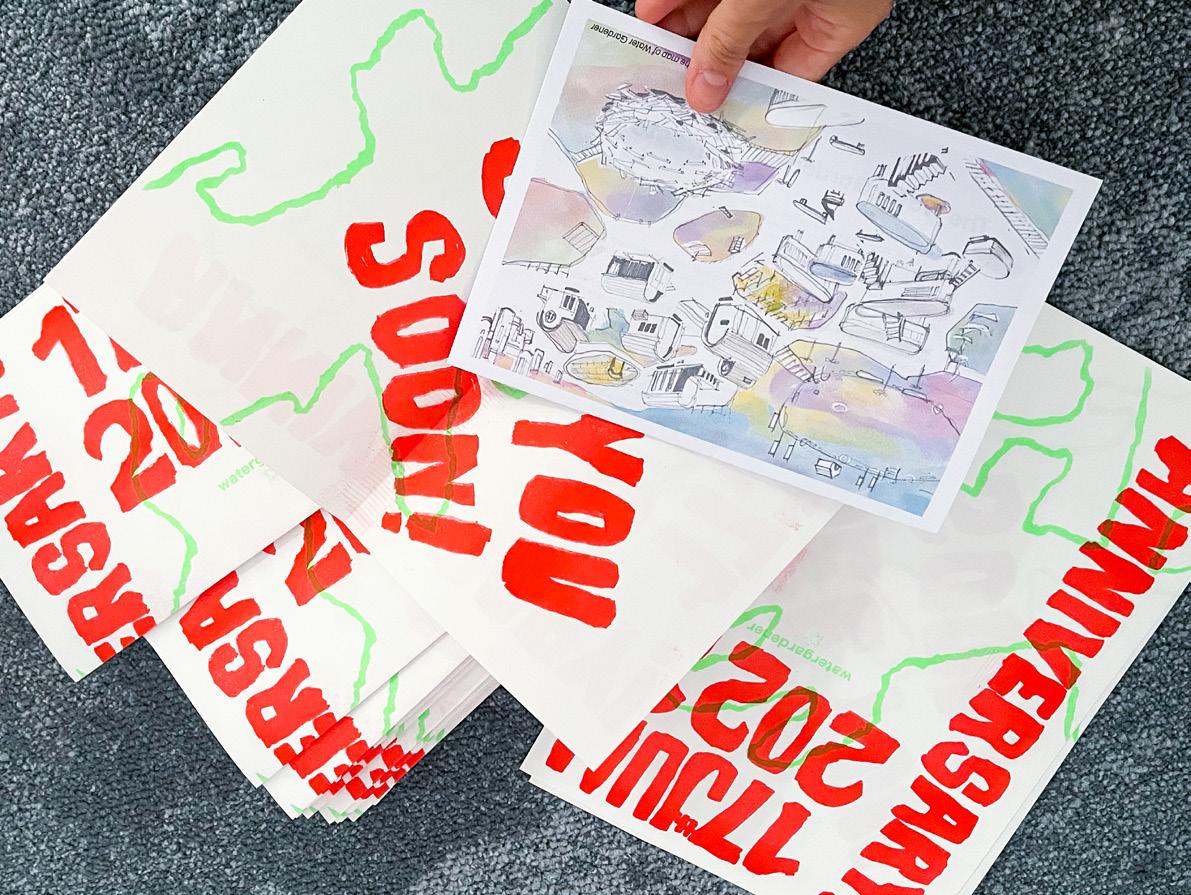
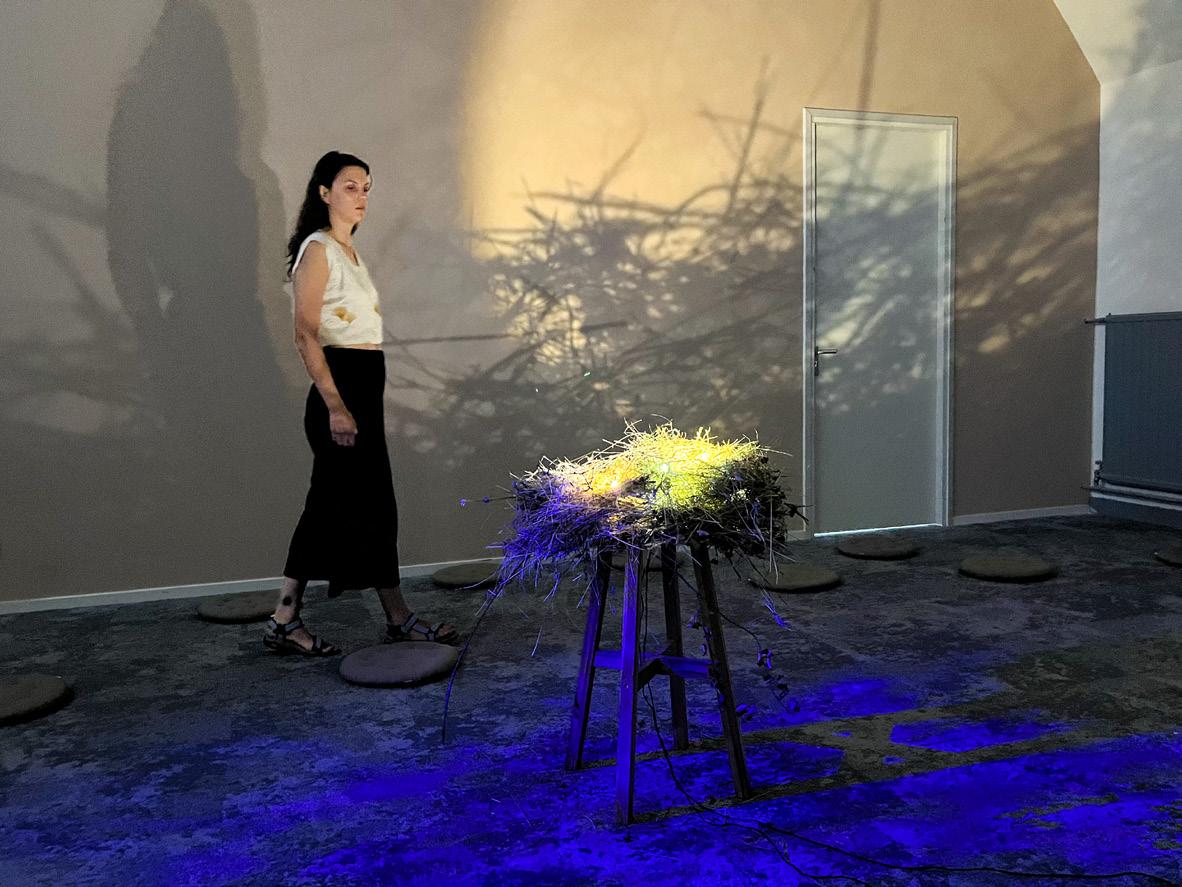

We are a floating laboratory and we invite you to connect with floating houses and societies and share a time of reflection, research and immersion into our insights and experience of living and working on water—practicing as water.
We actively and constantly explore the fluidity around us and the fluidity of our collaborations.
We contribute spaces for discussion and transdisciplinary collaborations on the themes of water, floating cities, communities and societies in Rotterdam and around the world.
We work in direct collaboration with external partners and society-at-large to multiply opportunities for interaction and the emergence of new data that is not accessible with one-sided approaches only.
We believe in the equality of production and dissemination of knowledge, and engage with the public through experiential, sensorial, poetic, artistic, social, transdisciplinary works, installations, and events.
We ensure the continuous documentation and dissemination of our experiences through art works, diaries, pictures, videos, stories, interviews, publications, discussions, performances, installations, gatherings.
We embrace the interrelatedness of people, species and objects and promote narrating, visualizing, and producing work that is respectful of all forms.
We value sustainability and the awareness of our own entanglements in a complex ecological system, and the constant exchange of knowledge and experience that comes with this pursuit.
We understand that living in our floating space means recognizing the individual in the community and the private in the public.
We build on our sense of community.
We are exploring and being explored.
We understand water through sensory experience, emotions, and scientific perspectives.
We are floating and fluid beings, our project takes many shapes and flows in many directions, just like water.
We are a wellspring: pouring water into life and life into water.
July, 2022.
Kimberley Bolton Bárbara Varassi Pega Elodie Vreeburg Krause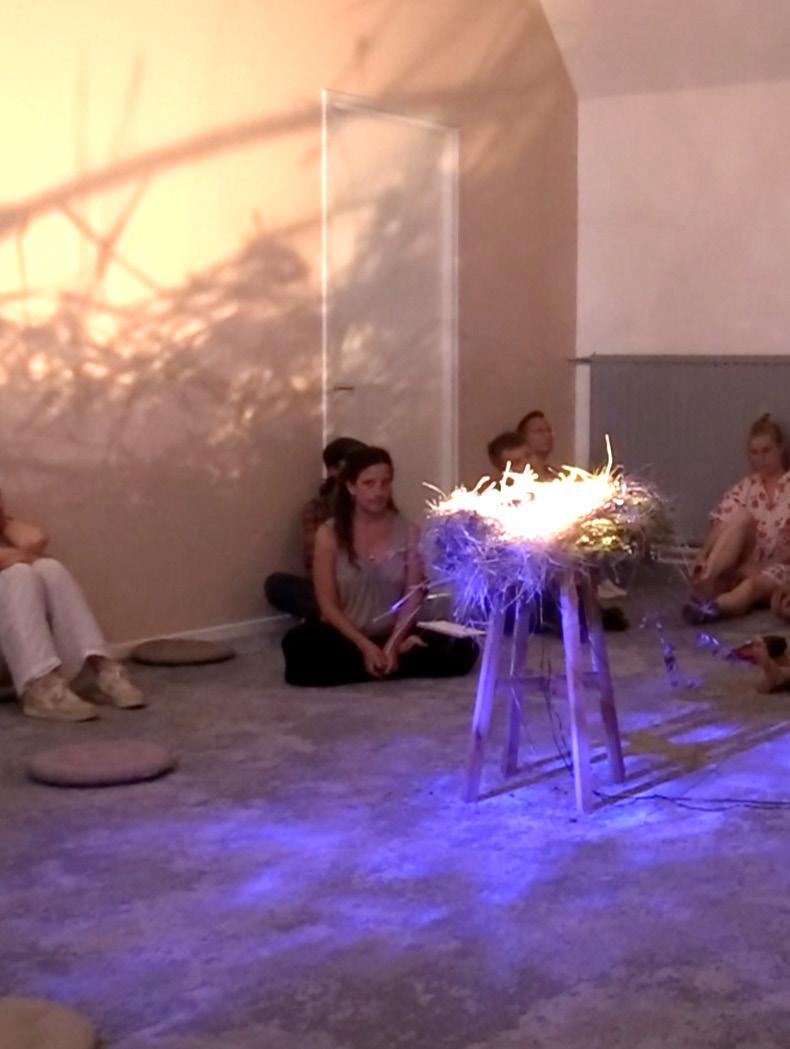
Celebrating the first-year anniversary of opening the floating islands
23
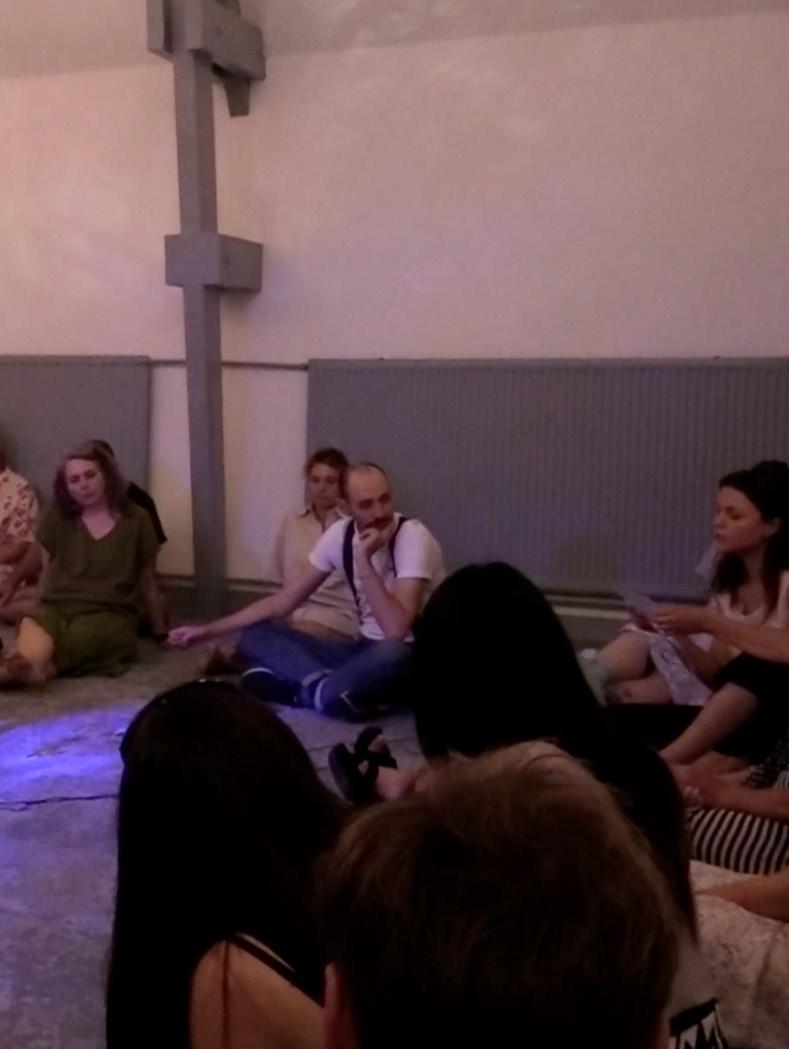

Celebrating the first-year anniversary of opening the floating islands
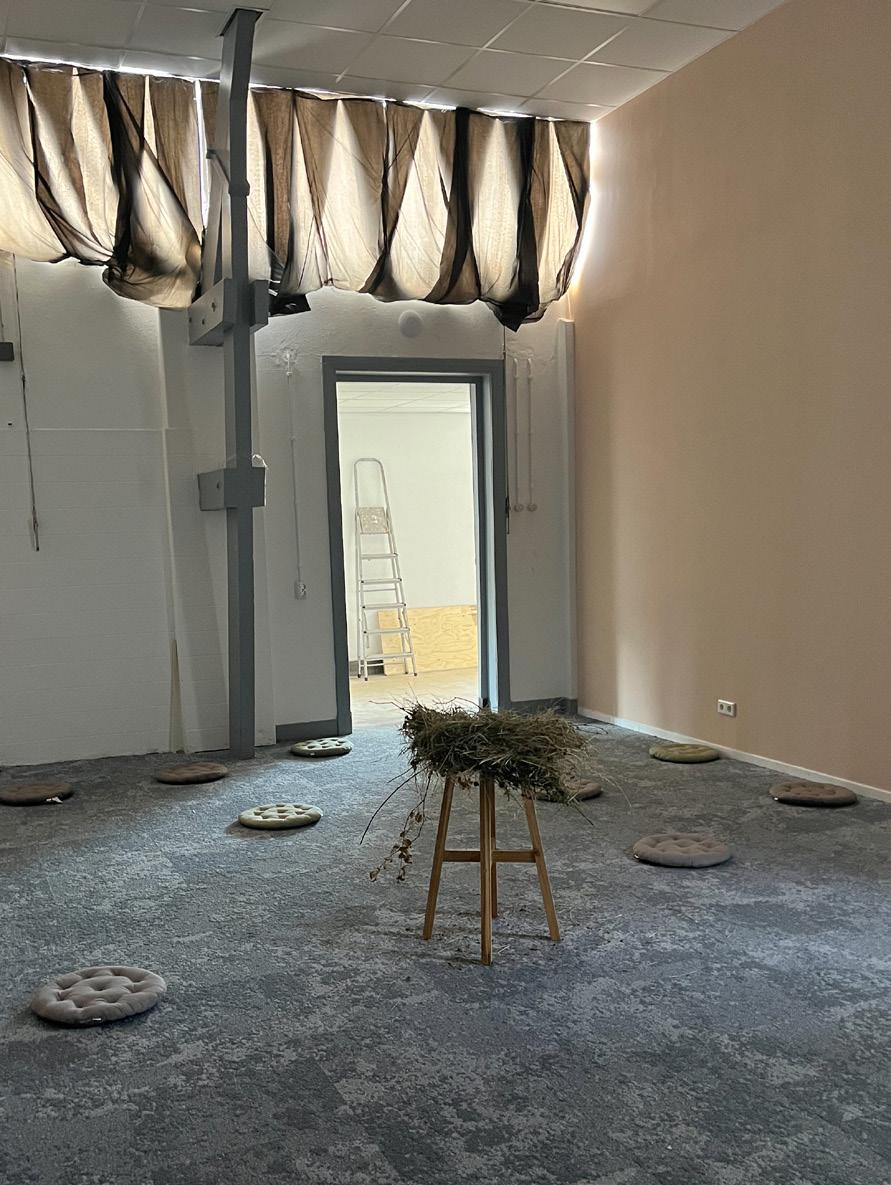
All three teams were busy putting the finishing touches on their respective presentations and inviting the stakeholders and partners. Only nine days had passed since the project began. But the workload and volume of tasks were overwhelming and varied for each team. Our team was the first to present. Some of us double-checked the stage, installations, sound, and lighting, while the others invited people gathering in the RASL space to attend our presentation.
The presentation had started. Evalotte escorted guests to the door of the performance space, where they entered one by one and sat on cushions on the floor, naturally facing the floating nest at the center. Once all the guests had taken their seats and the space was silent, Elodie recited a poem written by Evalotte, breaking the silence and creating a more immersive and concentrated atmosphere. Next, Barbara introduced ‘Water Gardener’ and provided practical information to help the guests better understand it. Vivian, playing the role of the Mayor of Rotterdam, delivered a congratulatory address that expanded the narrative to a broader context, highlighting the political and societal challenges on this project.
Next, Elodie presented her selective journal created over the past year of living in ‘Water Gardener.’ As an artist, she shared her experiences and feelings on the islands. Then, Raey, who had been living in ‘Water Gardener’ with her sevenmonth-old baby while conducting design research, shared her reflections and questions about life on the floating islands. Evalotte presented the manifesto (on the next page), inviting guests to focus on the key points of ‘Water Gardener.’ Lastly, Kim distributed postcards and informed the guests that anyone interested in the ‘Water Gardener’ project could share their ideas and participate.
After the 15-minute performance ended, everyone moved to the next room and sat down to exchange feedback.
Orginized
Rotterdam
• Kimberley Bolton (km.bolton@outlook.com)
• Raey Yeseul Kim (myriadworld@gmail.com)
• Evalotte Krause (e.e.a.krause@gmail.com)
• Bárbara Varassi Pega (bvarassipega@codarts.nl)
• Elodie Vreeburg (elodie_vreeburg@hotmail.com)